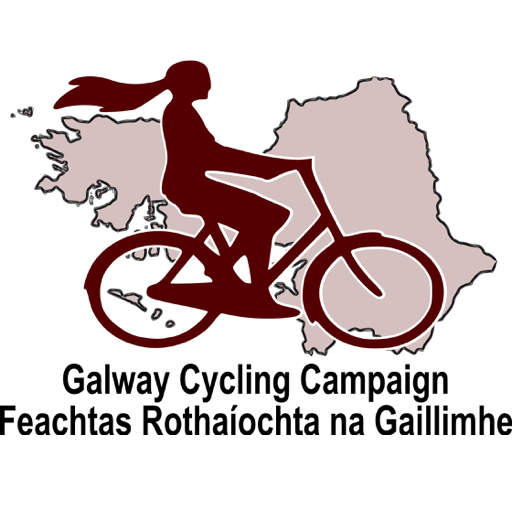Tag: Galway City Development Plan
-
Cycling Officers should be appointed before new city development plan begins
Cycling Officers need to be quickly appointed to Galway City and County Councils according to the Galway Cycling Campaign, who has written to both councils seeking a timeline for the […]
-
Dangerous Roundabouts to be Tackled Under the City Development Plan
Councillors passed a Galway Cycling Campaign/Community Forum motion at Monday night’s Council meeting that will see the notorious pedestrian- and cyclist-unfriendly roundabouts of Galway City tackled under the latest City […]
